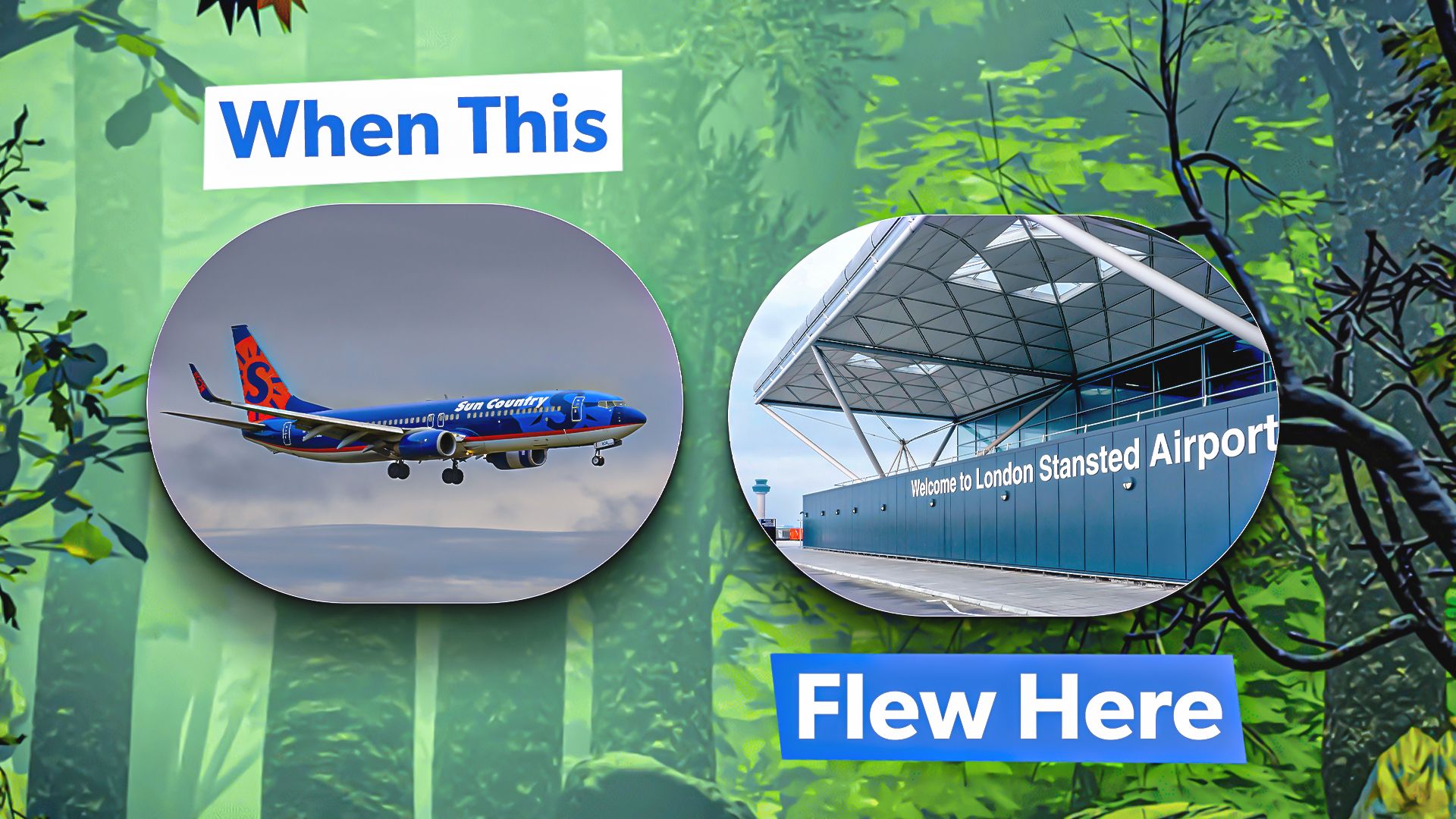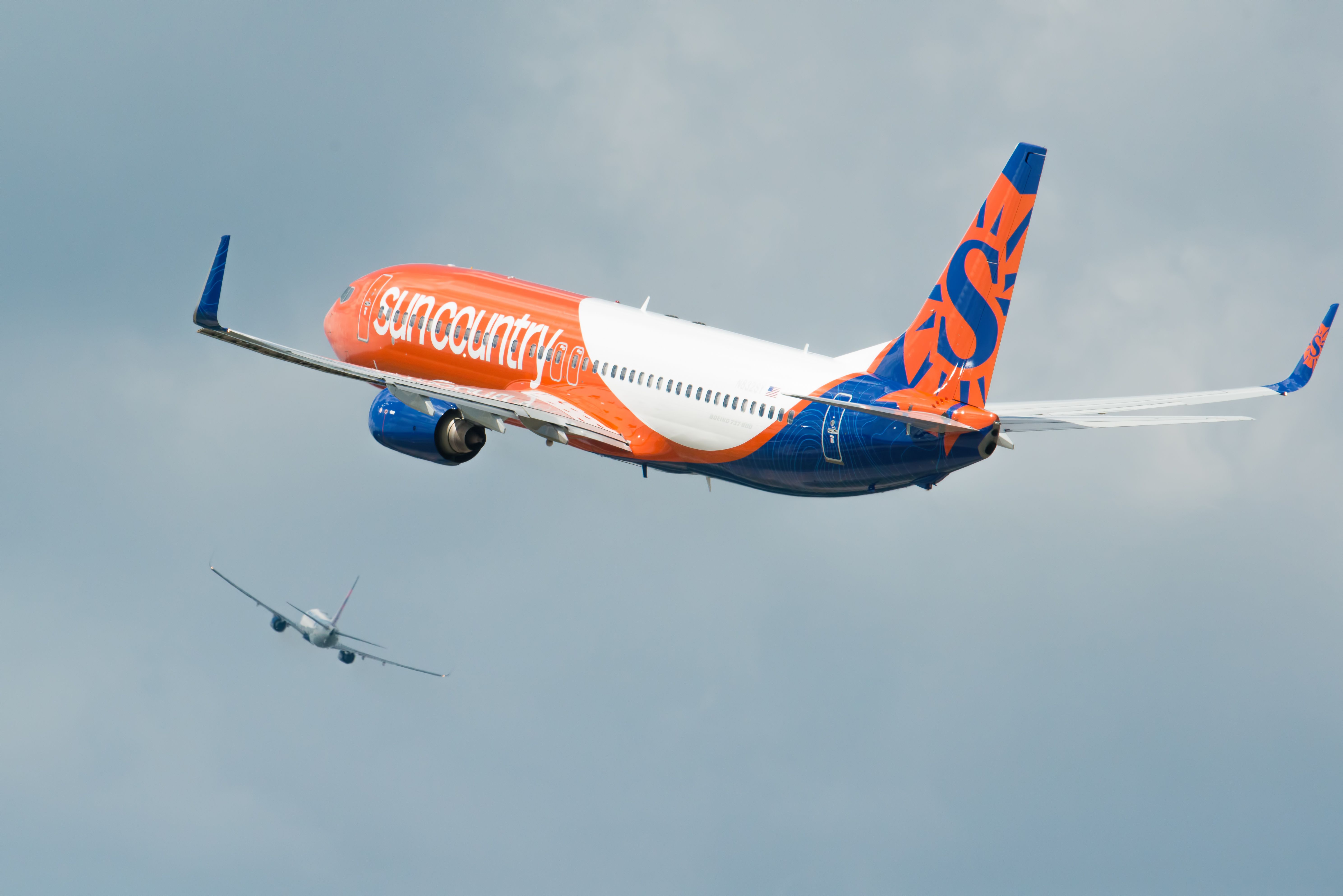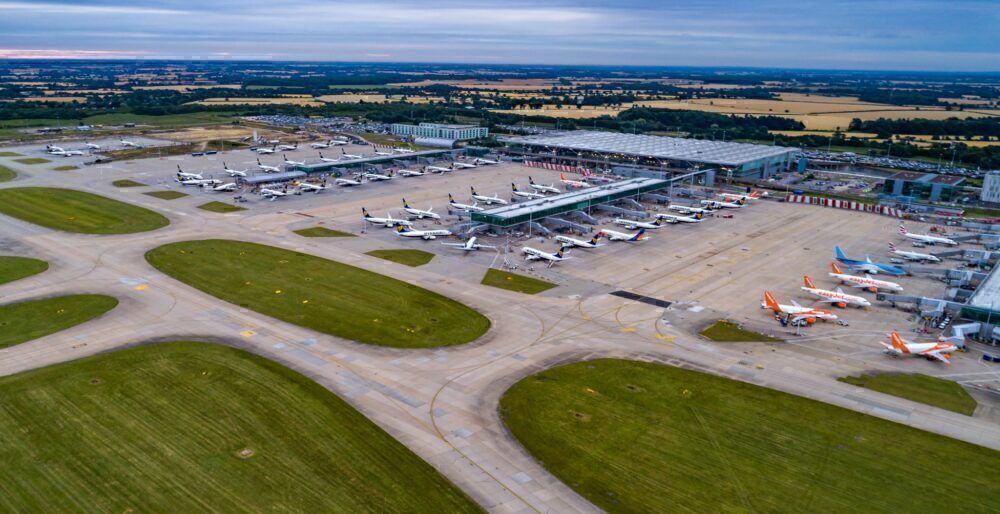Summary
- Sun Country Airlines started a unique transatlantic service in 2009 with budget pricing to compete against major carriers.
- The airline used a toe-in-the-water approach with ETOPS certification to enter the long-haul market on a short-term experimental basis.
- Sun Country’s venture paved the way for budget airlines to explore long-haul routes with next-gen narrowbody aircraft to address fuel costs and congestion.
Sun Country Airlines, the US ultra-low-cost airline based in Minneapolis, undertook an audacious endeavor by starting a summer seasonal transatlantic service from Minneapolis-St. Paul International Airport (MSP) to London Stansted Airport (STN) in mid-summer 2009.
It was the first North Atlantic venture for the budget carrier, which faced fierce competition from the titans of aviation that used big planes and had ruled this route.
The flight and pricing
The flights, operating once weekly from June 11 to August 15, utilized a two-class Boeing 737-800. The choice of aircraft and routing via a fuel stop in Gander, Canada, made the service unique.
According to a Live & Let’s Fly article at the time, the outbound flight, SY47, departed Minneapolis at 16:40 and arrived in London at 08:10 the next day. The return flight, SY48, left Stansted at noon and reached Minneapolis at 16:55, with a stop in Gander. This schedule allowed Sun Country to utilize a single crew for each round trip, avoiding the logistical complexities of stationing a crew in London.
One of the main features of this service offering was the pricing strategy. Flights started at $399 for economy class and $1100 for first class, and US departure taxes were lower ($23) than UK departure taxes ($115 for economy and $185 for first class).
This pricing model was designed to appeal to budget-conscious travelers and provide a competitive advantage over Delta Air Lines, which offered a nonstop service to London Heathrow from Minneapolis using a Boeing 767-400.
The aircraft had a layover of twenty-eight hours at Stansted as part of the airline’s strategy to prevent leaving the crew stranded in London for the whole week. This effective use of resources was essential for the airline, which had been under bankruptcy protection since October 2008.
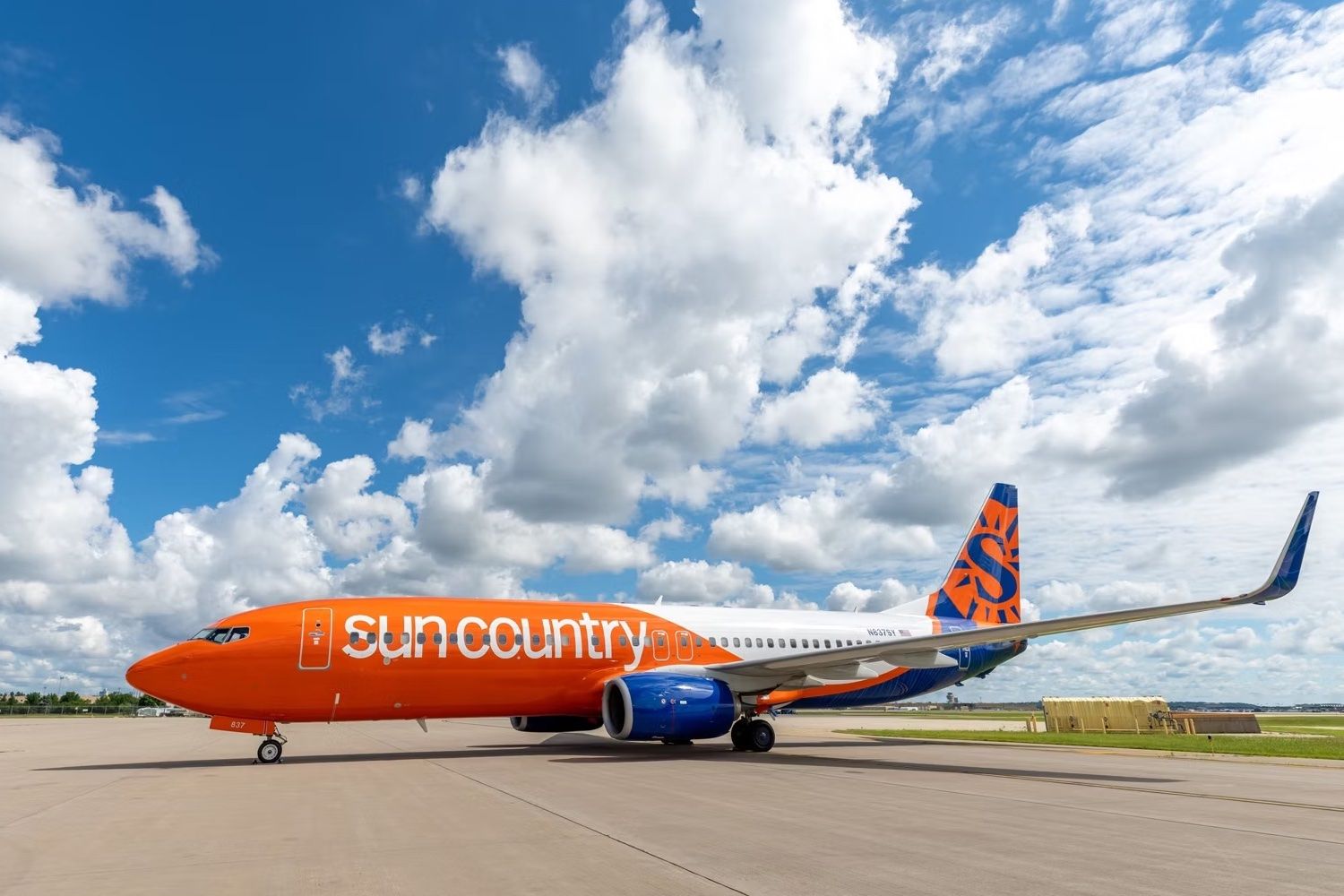
Related
Analyzing Sun Country Airlines’ Position In The US Aviation Market
The carrier is in a relatively unique place.
A “toe in the water” approach
The FAA permitted Sun Country to use the 737-800 for longer flights over water by awarding it Extended Twin Operations (ETOPS) certification, encouraging Sun Country’s investment in the transatlantic market.
However, the airline’s financial planning and analysis director, Rex Boutelle, described this approach as a “toe in the water” strategy, since only 10 round trips were planned for the summer. Boutelle also indicated that the Minneapolis-based airline would have considered expanding its transatlantic schedule based on the success of this initial trial.
Photo: natmac stock | Shutterstock
Despite initial low bookings, Sun Country’s innovative strategy of selling round-trip tickets as two one-way fares aimed to reduce the traditionally higher prices of one-way transatlantic tickets and offered flexibility for frequent flyers who might combine Sun Country’s service with one-way awards on other carriers.
This venture also highlighted the resurgence of low-cost transatlantic services. At that time, Stansted had been without US carrier service since 2008, following the exit of American Airlines, Eos, and Maxjet. Sun Country’s use of the 737-800 for a transatlantic route was a rarity since Flyglobespan’s similar operations in 2007.
The service also recalled the low-cost transatlantic models of Zoom Airlines, which ceased operations in 2008, and Flyglobespan, which shut down in late 2009.
Sun Country’s flights offered more than just competitive pricing; they introduced in-flight entertainment options in collaboration with digEcor. The digEplayer XT system provided portable entertainment units for $10 in coach and complimentary for first-class passengers. The aircraft featured 12 first-class seats, catering to both budget and premium travelers.
Transatlantic flights with next-generation narrowbody planes
Even though Sun Country’s transatlantic venture was short-lived and did not go beyond a first trial, it remains an important stage in the airline’s history. Notably, it marked the period when budget airlines got involved in long-distance air travel and the process through which travel options across the Atlantic continued to develop.
Sun Country Airlines’ experiment in 2009 was daring because it showed both the potential and the difficulties involved in providing budget flights across the Atlantic. Despite this, the airline opted against pursuing the project further. Instead, its ambitions created a platform for subsequent budget airlines to venture into such prospects.
Due to rising fuel prices and airport congestion, airlines have recently begun employing new transatlantic routes with next-generation narrowbody aircraft, including the Boeing 757. However, despite their success within this sector through the use of their 757 model, Boeing found this market hard.
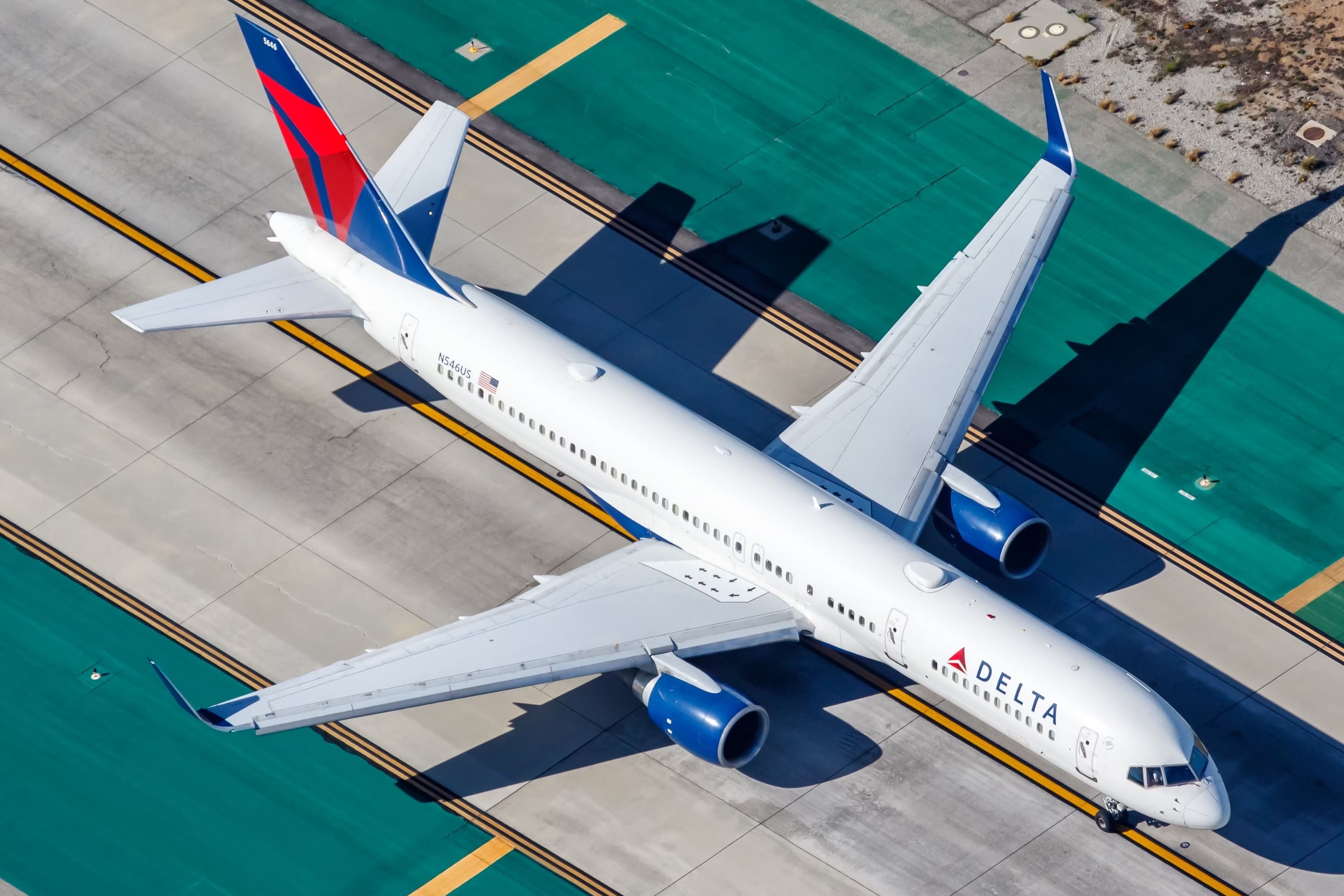
Related
Narrowbody vs Widebody – Which Is Best For Long Haul?
Let us look at why narrowbody aircraft are becoming more common on long-haul routes.
As a matter of fact, as soon as Boeing stopped production on that ‘New Medium-Sized Aircraft’ or the so-called ‘Boeing 797’, things went downhill rapidly for them. In contrast, Airbus has gained traction with its A321neo variants, appealing to former Boeing customers like American Airlines and United.
United Airlines plans to introduce 50 A321XLRs with new Polaris business class seats, Premium Plus sections, and improved passenger amenities. Similarly, American Airlines will equip its 50 A321XLRs with closed-door Flagship Suites and a three-cabin layout, including business, premium economy, and economy class.
JetBlue, the largest operator of transatlantic narrowbody jets, offers A321LR flights from New York and Boston to London, Paris, and Amsterdam with its Mint Suite.
European companies are also in on it. The all-business-class A321LR operated by La Compagnie includes upgraded comfortable seats and in-flight meals by celebrity chefs.
Other airlines offering this configuration are TAP Air Portugal, SAS, and Aer Lingus, which have also installed staggered seating arrangements facilitating equal spacing of passengers and provision of flatbeds to increase air travel comfort and a reliable WiFi connection.
As airspace and airport congestion continue to challenge the aviation industry, is the trend of using smaller, long-range Airbus planes set to grow? Let us know in the comments section.

